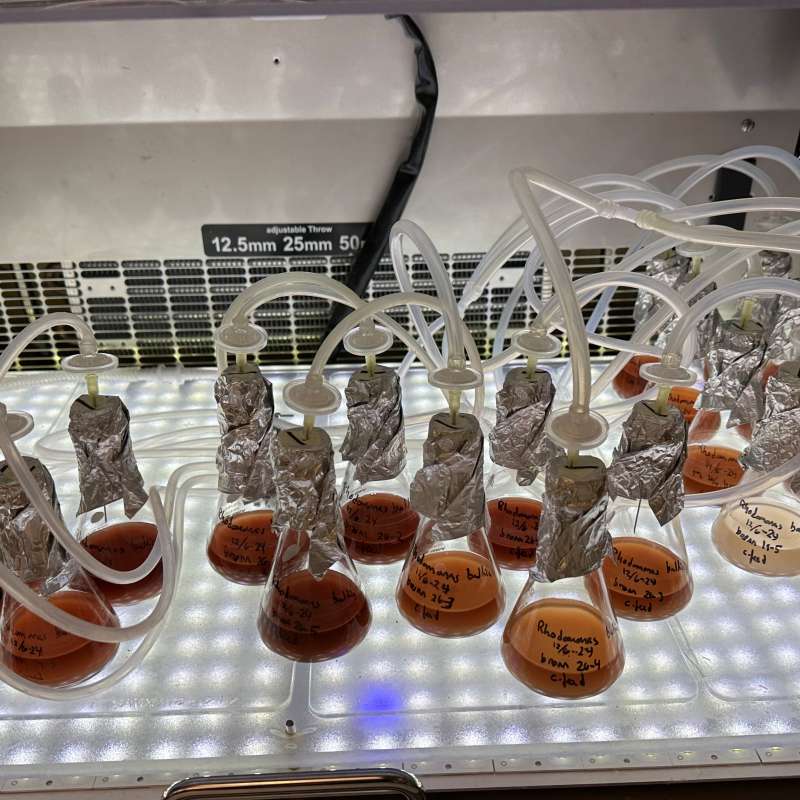Kari Skjånes
Forsker
Lenker
ResearchGateBiografi
Kari har doktorgrad innen mikroalgeteknologi fra UiB, med hovedvekt på dyrkingsteknologi. Forskningen har fokus på mikroalger til bruk i mat og fôr, der dyrkingsmetoder og stressfysiologi blir brukt til å fremstille algebiomasse med komposisjon som er tilpasset bruk i spesifikke produkter. Mikroalger som kilde til protein, fettsyrer (PUFA) og pigmenter (f.eks. karotenoider), er viktige elementer. NIBIOs pilotanlegg for mikroalger på Vollebekk på Ås med storskala fotobioreaktorer blir brukt til å forske på oppskalering av dyrkingsmetoder som er utviklet i labskala, og til produksjon av algebiomasse for utvikling av ulike mikroalgeprodukter. Hun jobber i tillegg med psykrofile mikroalger og andre alger tilpasset lave temperaturer, som kilde til bioaktive stoffer gjennom bioprospektering.
Sammendrag
Det er ikke registrert sammendrag
Forfattere
Ralf Rautenberger Alexandre Detain Kari Skjånes Peter Simon Claus Schulze Viswanath Kiron Daniela Morales-SánchezSammendrag
Det er ikke registrert sammendrag
Sammendrag
Det er ikke registrert sammendrag

Divisjon for bioteknologi og plantehelse
Microalgae contributions to future protein and fatty acid rich feed for Norwegian chicken at industrial scale - ALGEKYLLING
The main goal of the project is to create a knowledge and technology platform for production and use of chicken feed with proteins and polyunsaturated fatty acids (PUFA) from Norwegian microalgae biomass. The project consortium includes the whole production/value chain.

Divisjon for bioteknologi og plantehelse
MikRho - Etablere Rhodomonas kultur med gunstig mikrobiom tilpasset industriell produksjon
Som en av de største mikroalgeprodusentene i Norge, er CFEED med å tilby bærekraftige fôrløsninger gjennom sin produksjon av mikroalger og hoppekrepsen Acartia tonsa. Hoppekrepsen benyttes videre som startfôr til blant annet torsk, berggylte og seabream, hvor den er med å bedre utbyttet til fiskeprodusentene gjennom å øke vekst, overlevelse og å forbedre larvekvaliteten.

Divisjon for bioteknologi og plantehelse
MikRho - Establishing Rhodomonas culture with beneficial microbiome adapted to industrial production
As one of the largest microalgae producers in Norway, CFEED contributes to sustainable feed solutions through its production of microalgae and the copepod
